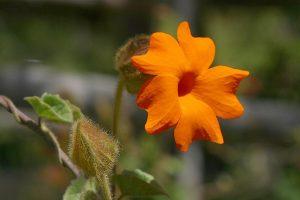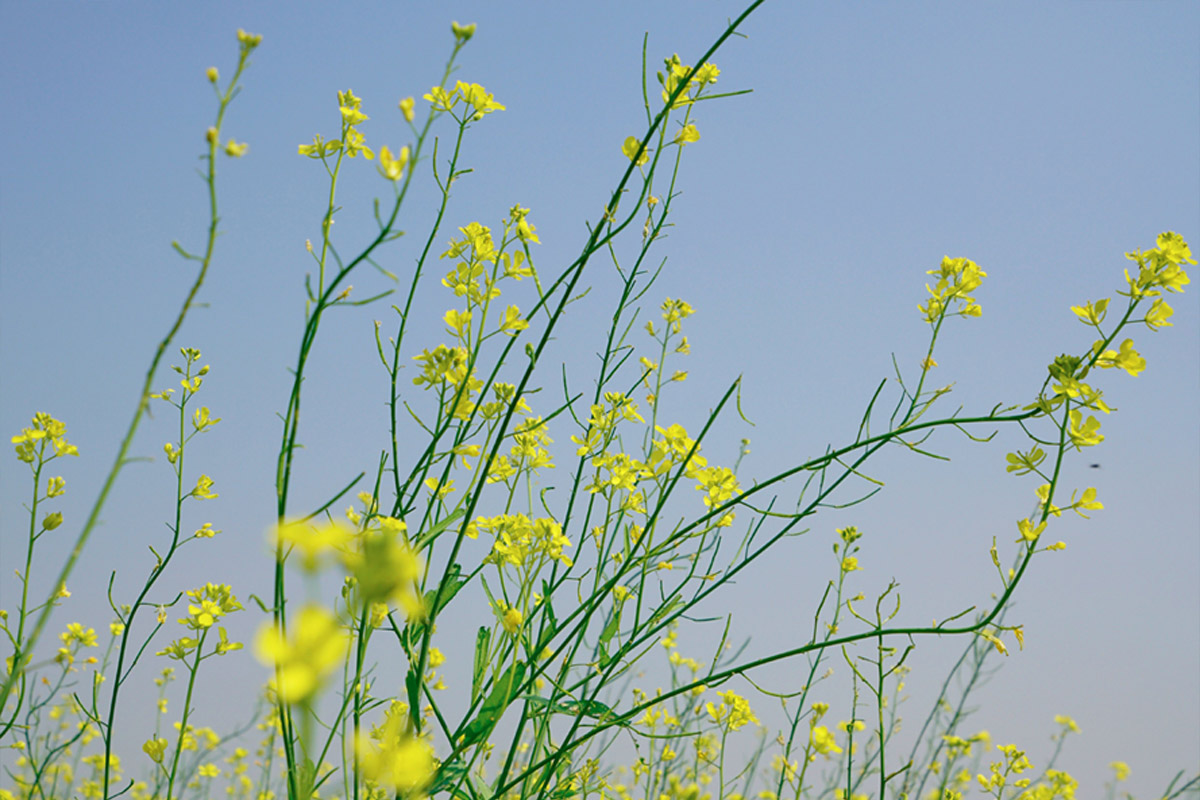Homeopathy can help in healing cuts, scrapes and puncture wounds.
The remedies described in this article are useful to have around for acute issues, ideally when working with a homeopath who, through their training, has the knowledge required for appropriate and safe dosing of these remedies. It is also possible for someone who is not a homeopath to learn how to use these medicines safely and effectively for first aid. See the book reference below (not an endorsement to purchase, just information about how to treat common ailments with homeopathy)
Homeopathy for cuts and scrapes
For cuts and scrapes, if there is substantial bleeding, a good first step is to apply a bit of gentle pressure to the injured area to help stop the bleeding. Once the bleeding has stopped, the wound should be cleansed with water. After that, a tincture of Calendula or Hypericum should be diluted with water in a 1:3 ratio and applied to the wound. Calendula and Hypericum are also available in cream or ointment form and can be used instead of tinctures. If the cut is wide, its edges should be brought together and the area then covered with a gauze bandage. If the cut is shallow, it should not be bandaged, just covered with a single layer of Calendula ointment and left to heal.
Calendula, when applied topically, helps to heal cuts, scrapes and burns, helps to stop bleeding, and is useful in preventing infection. It is used for wounds that are relatively shallow. When a wound may be infected, a diluted tincture of Hypericum and Calendula or just Hypericum should be applied to the area 3 or 4 times a day. If the cut is deep or if there is significant pain, or if the wounded area has a lot of nerve endings such as is found in fingers and toes, or if there are shooting pains, Hypericum should be taken orally in addition to being applied topically.
Homeopathy for puncture wounds
Puncture wounds are deeper than they are wide, and their treatment is significantly different from scrapes or shallow cuts. The wound should first be cleansed with water. The bleeding should be allowed to continue as long as possible so that all bacteria or dirt leave the wound area. It is also a good idea to soak the injured area in warm water for 15 – 20 minutes 4 times a day to allow dirt and bacteria to exit the area and also to draw blood to the area to promote healing.
Remedies for puncture wounds should be applied externally, and some may be taken internally as well. For the external application, Hypericum tincture diluted with water should be applied about every half hour. Either Ledum, Hypericum or Apis should also be taken internally. Ledum is the remedy most often used with puncture wounds and is particularly indicated with throbbing pain, redness and swelling, and when the wound feels cold to touch but is better with cold applications. However, even without these indications, Ledum will probably be helpful. When there is a need for Apis, the wound is warm or hot to the touch with stinging pains that are alleviated with cold applications, and there is a lot of swelling at the wound site. Hypericum is indicated if sharp shooting pains accompany the puncture wound. Staphysagria should be used if the wound is from being stabbed with a knife. This kind of wound also clearly needs additional medical attention. Arnica is normally also given for the associated mental and physical shock for knife stabbing wounds.
It is important to bear in mind that in the following circumstances it is also necessary to have further medical attention: if the puncture wound is very deep or is in areas other than extremities – arms, legs, fingers and toes – or in joints or hands, or if the puncture wound is tender for more than 2 days, becomes red or swollen or has a discharge of pus.
Reference: Everybody’s Guide to Homeopathic Medicines by Stephen Cummings, M.D. and Dana Ullman, MPH
Please do get in touch if you feel I may be of assistance.



